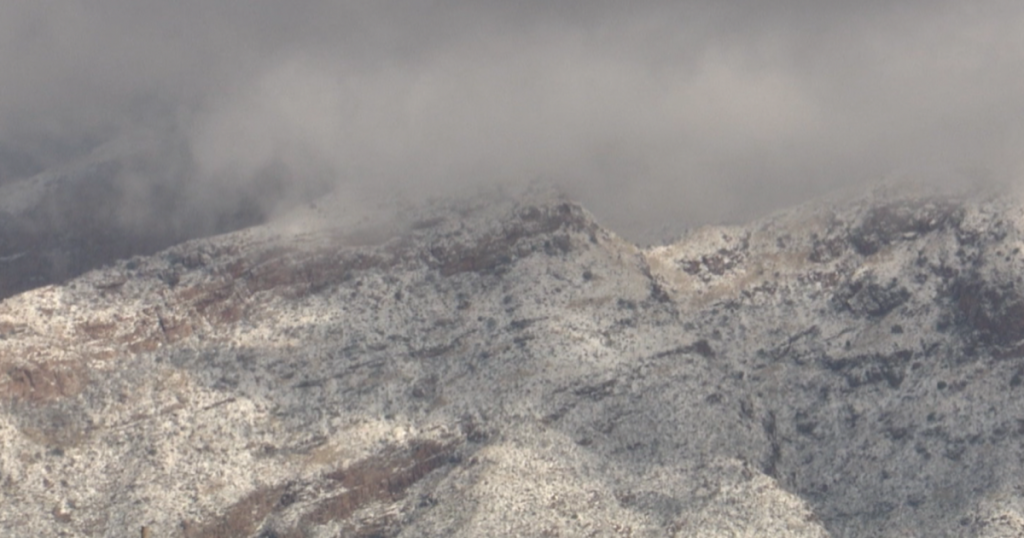Tucson, Arizona (KGUN) — While not yet happening in Arizona, cloud seeding is already making an impact in the state.
This process involves finding clouds under the right weather conditions, such as humidity, temperature and direction of travel. Particles of silver iodide are then launched into these clouds from the ground or from an airplane.
Nolie Templeton, Planning Analyst for the Central Arizona Project, said: “Clouds have a lot of water in them, and what silver iodide can do is make those particles a little heavier and fall out of the cloud.”
This strategy has been around for decades and is frequently used in other western states.
CAP helps fund cloud seeding programs in the Upper Colorado River Basin in Colorado, Wyoming, and Utah.
A CAP study, initiated in 2007 in partnership with Wyoming agencies, found that practices in Wyoming were effective in increasing the amount of water flowing through the Colorado River and ultimately into Arizona. got it.
Templeton told KGUN:
CAP partners with other Lower Basin institutions. Nevada California remits up to $1.5 million each year to the Upper Basin Seed Project.
of Associated Press report More investments, including $2.4 million in new federal grants, will bring the Utah budget to more than $14 million next year.
“If this is a way to increase snow cover, even if it’s incremental, we need to look at it and consider it,” Templeton said.
She added that CAP-funded projects come with safety procedures. When snowfall reaches a certain threshold, seeding operations are interrupted to prevent excessive snowfall and flooding concerns.
But will cloud seeding work with Arizona clouds? discussion It has gained momentum in recent years.
The Salt River Project has worked with the White Mountain Apache Tribe to explore the feasibility of winter cloud seeding in the White Mountains. A climate report is being finalized.
“Using observed weather station data and high-tech, the latest and greatest weather modeling, what we have learned about the area…the potential for cloud seeding is on the same order as most of the other western states.” said SRP meteorologist James Walter.who points
But Walter says more measurements are needed in the cloud to see if they match the model data in the first report. He also says community education and discussion and approved permits are needed before the trial program can take off.
Walter adds that Pinal County has a group that is assessing the likelihood of cloud formation from summer thunderstorms.
Even if these plans come to fruition, or even if they do, cloud seeding won’t be a miracle cure for drought, experts say.
“It’s one tool in your toolbox,” Templeton says. “Given the right conditions, it’s a way to get more snow packs in a few years. I don’t want to ignore the message that I should also take advantage of the other tools in my toolbox.”
Related: How Central Arizona Project Brings Billions of Gallons of Water to Tucson
Water Harvesting: Let Your Garden Bloom While Conserving Water
——-
Ryan Fish KGUN 9 anchor and reporter After working as a reporter, sportscaster and weather forecaster in Santa Barbara, I came to the Sonoran Desert from the Central Coast of California. Ryan grew up in a suburb of Chicago and was a frequent visitor to his family in Tucson.Share story ideas and key issues with Ryan via email ryan.fish@kgun9.com or by connecting Facebook and twitter.
















